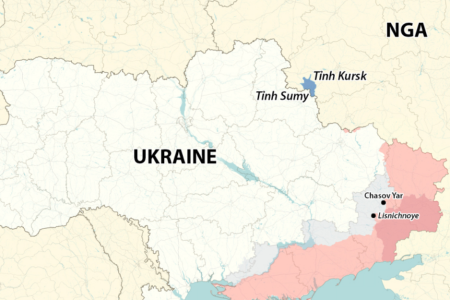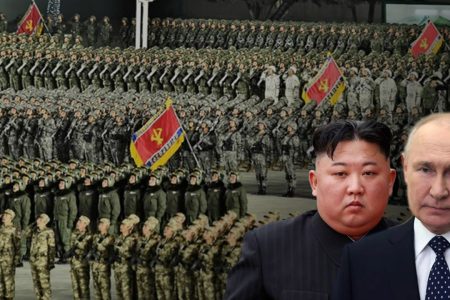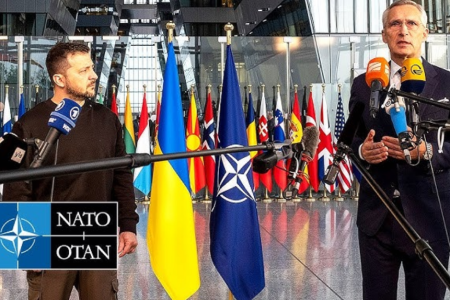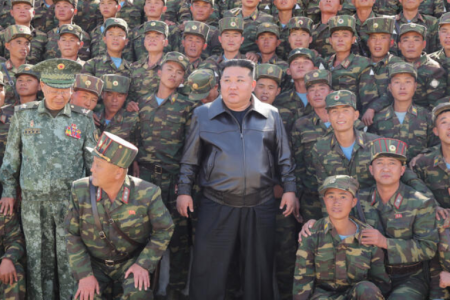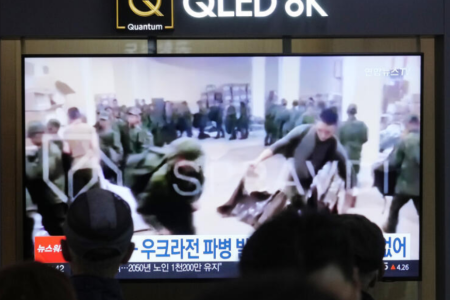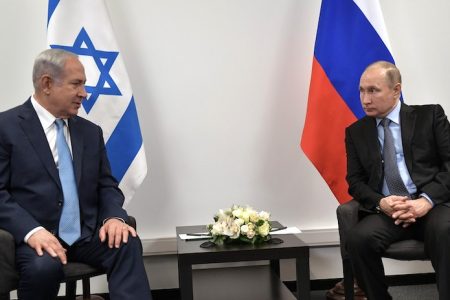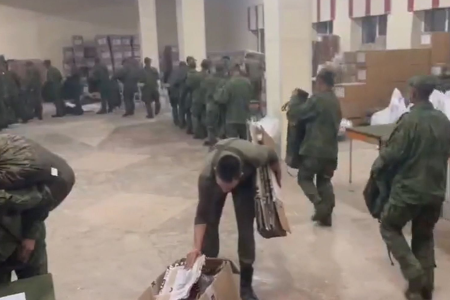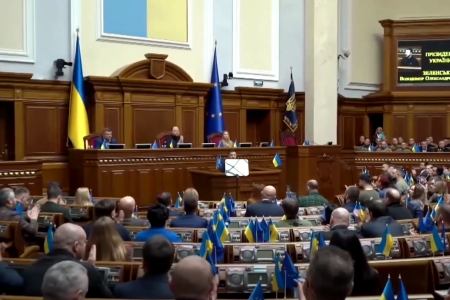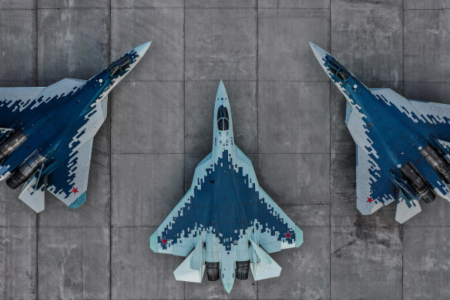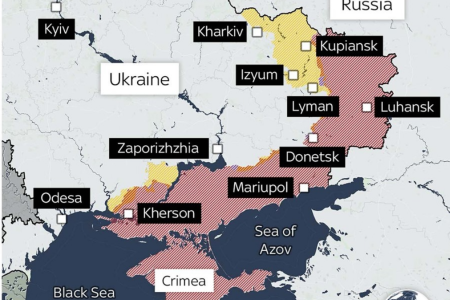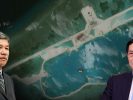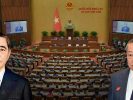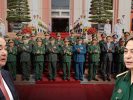The pro-Chinese attitude of incumbent Filipino President Rodrigo Duterte has led the country’s political arena to have heated debates. This time, the COVID-19 pandemic originating in China created a wave of island nation revolving around an anti-pandemic story. In order not upset his Chinese ally, President Duterte was late than his neighbors in fighting COVID-19 to, and then, when embarking on the pandemic, was extremely tough, threatening to shoot those who disobeyed blockade orders that he issued.
Not as far as going to Beijing as Cambodian Prime Minister Hun Sen in the middle of the pandemic, but President Duterte always supported his Chinese counterpart Xi Jinping, with absolute confidence in China’s ability to resolve the pandemic and to put anti-pandemic measures in countries in the direction of not being upset China
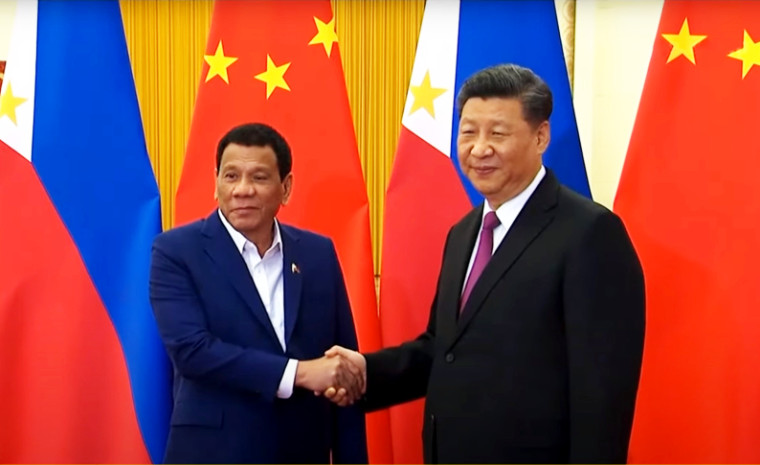
At the end of January, Filipino Health Minister Francisco Duque still refused to ban Chinese people from entering the Philippines because of “political and diplomatic impact.”
The first case of the Coronavirus outside of mainland China was in the Philippines, on February 1, 2020, adding to the country’s anxiety about the spread of the disease. This is a Chinese tourist, from Wuhan, who previously traveled all over the Philippines. In this context, President Duterte insists there is no reason to ban Chinese tourists from visiting the Philippines.
Moreover, the Philippine government should have sought people who were related, contacted with “patient number 0” to prevent the spread among the public, but they did not do it because the investigation was too thorough about a Chinese person will make Beijing angry.
And at the same time, the Philippine government is looking for 500 Chinese tourists from Wuhan to celebrate the Chinese New Year on the famous beaches, full of people on Boracay Island. The search was not serious because it took 4 days to find out!
In the Philippines at that time, masks became scarce in the market, while people were afraid and rushed to buy backup masks. The scarcity situation was confirmed by Presidential Palace Spokesperson Salvador Panelo, as saying: “How can we give free masks when there are no more?” when he responded to the media about whether or not to give a mask as free as Singapore was doing.
While the Presidential Palace claimed there were no masks to hand out to people, Senator Richard Gordon, a close friend of President Duterte, said he had mobilized and exported more than 3 million masks to China. Contrasting statements, inconsistencies between the two officials made people angry. They said that President Duterte’s government was more concerned with China than the health of the people who elected him to be president.
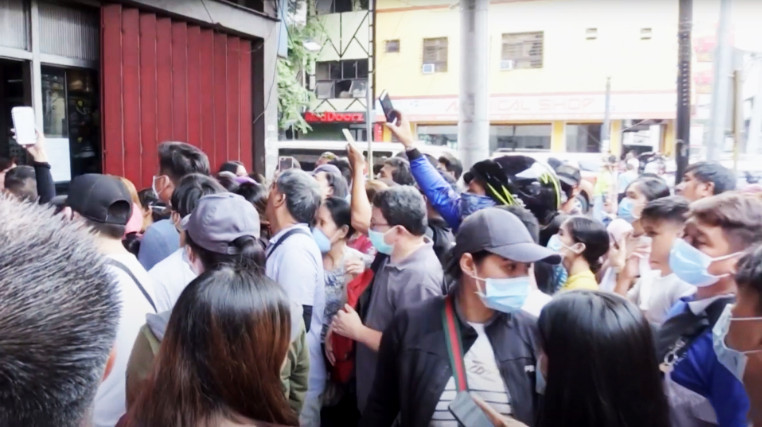
At the same time on Twitter network hashtag #OutDuterte has about 45,000 tweets arguing on this topic. The hashtag also spread on the Facebook network to protest the crisis treatment.
The government’s public opinion shapers, often harshly criticizing those who attacked President Duterte, now changes their voice, calling on Filipinos to sympathize with the Chinese who are facing discrimination, especially because of the pandemic.
However, social media users quickly discovered that the source of the messages was from a government “information site.” The findings suggest the government’s intention to direct public opinion is more favorable to the Chinese living in the Philippines.
While fears were spreading among the Philippines’ population, Duterte was less involved in the media during this time, according to Spokesman Panelo, the president is in Davao “to read virus reports.” Health Minister Francisco Duque III was forced to stand at the front line against the pandemic.
Finally, before the criticism and anxiety of the majority of the population, Mr. Duterte appeared in public on February 3 and had to change his mind and ordered a temporary ban on entry to the Philippines for the majority of guests from China, Hong Kong and Macao.
President Duterte said: “China has been very kind to us, we should only show them the same thing. Please stop all anti-China,” and reassure people: “Everything is fine.”
Until the Philippines had 111 people infected with COVID-19, including 8 deaths, according to Philippine government data, President Duterte on March 12 issued a blockade on a large part of the territory and curfew in very strict in the capital Manila. The curfew order has been in effect since Sunday, March 15.
In all circumstances, Mr. Duterte did everything he could to avoid offending China. In every statement, he did not forget to thank Chinese President Xi Jinping warmly for China’s assistance while many countries criticized Beijing’s lack of transparency in the pandemic.
Recently the Philippines president tried to defend his ally: “It is not China ‘s fault if the virus appears on their land.”
Despite Duterte’s winged words, Beijing did not provide much assistance to Manila to fight the epidemic.
According to the Chinese Embassy in Manila, China provided the Philippines with 400,000 surgical masks and 40,000 FFP2 units.
In addition, the Philippine health sector leader complained that only 40% of the tests sent by Beijing were accurate. The Philippines Health subsequently changed its mind and apologized for the statement.
In a report published on April 27, Marianne Dardard (Magadadas), French Press correspondent L’Express in the Philippines did not hesitate to call the President of the Philippines a “cowboy anti-corona virus“.
Moreover, Manila’s friendly strategy with China has not helped the Philippines control the pandemic. The plague in the Philippines is expected to continue to spread, contrary to claims that the disease is regressing by the government.
All of Mr. Duterte’s actions during his term only served to raise the tide of anti-China in the Philippines.
And the COVID-19 pandemic became an excuse for a part of Filipino people to release their anger and frustration about the Chinese people in general on social networks and thereby condemn Duterte’s pro-China policy as commented in the article “Duterte’s pro-China policy to reach the limit of spread” published in Asia Times on February 6, 2020.
Recently, the Chinese Embassy in the Philippines has suffered the wrath of the local people.
In praise of the Chinese assistance to the Philippines in combating the COVID-19 pandemic and the solidarity between the two countries, the Chinese Embassy in Manila made and publicized it on April 24. 2020 a music video clip in Chinese and Tagalog, the main language of the Philippines.
But the propaganda video clip titled bilingual Iisang Dagat (Hai Dich Na Bien), roughly translated as “One Sea,” was unexpectedly criticized and attacked by many Filipinos, considering it a Chinese plot aimed at asserting Chinese sovereignty over the entire South China Sea, including the waters of the Philippines.
By the end of April 26, that is, two days after it was posted on the YouTube network as well as the Chinese embassy website, this video clip has attracted more than 470,000 views on Youtube, and has nearly 20,000 comments.
Regarding the attitude of the viewer, this clip has been 135,000 “hate” reactions (dislikes), compared with only 1,800 “likes” reactions.
On Twitter, Congressman Rufino Biazon, Chairman of the Defense Committee in the Philippines House of Representatives did not hide his frustration: “They (ie China) were able to choose ‘Iisang Mundo’ (One World), or ‘ Iisang Laban ‘(A war), or’ Iisang Adhikain ‘(A goal). But no. They chose Iisang Dagat (One Sea), which is clearly not appropriate for the conflicting sovereignty disputes in the West Philippines Sea (Filipino name for the South China Sea).
The politician wondered, “What if we say ‘Two China’ now?”
This is a pain for the Chinese embassy, which has invested a lot in this propaganda work, with the Ambassador writing lyrics for the song and one of the Chinese diplomat being singer.
The closer to the final days of his term, Duterte exposes his role as an effective servant to Chinese interests.
And the COVID-19 pandemic opened up a lot of acting venues for Mr. Duterte to show absolute loyalty to Beijing.
Philippine officials and people have a chance to see more clearly the concerns of the president they elected. Instead of caring for their people against an unprecedented pandemic that is destroying global health, the head of state is watching the face of Chinese President Xi Jinping and thinking about ways to please “Emperor Xi.”
And the performance of the ‘Manila cowboy’ in the fight against COVID-19 is worth the Filipino people thinking about the ballot in their upcoming election. By the end of April 2020, the Philippines was the second-largest country in Southeast Asia in terms of COVID-19 deaths, with 568 deaths, while ranked the third regarding the number of infections, approximately 8,500 cases.
Thoibao.de (Translated)



